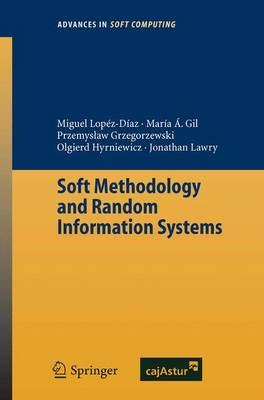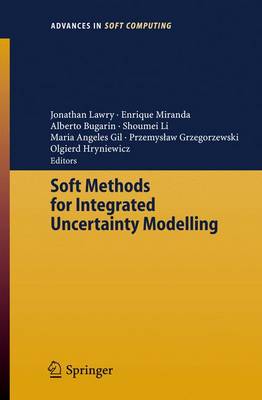Advances in Intelligent and Soft Computing
2 primary works
Book 26
Soft Methodology and Random Information Systems
by Miguel Concepcion Lopez-Diaz, Maria Angeles Gil, Przemyslaw Grzegorzewski, Olgierd Hryniewicz, and Jonathan Lawry
The analysis of experimental data resulting from some underlying random process is a fundamental part of most scientific research. Probability Theory and Statistics have been developed as flexible tools for this analyis, and have been applied successfully in various fields such as Biology, Economics, Engineering, Medicine or Psychology. However, traditional techniques in Probability and Statistics were devised to model only a singe source of uncertainty, namely randomness. In many real-life problems randomness arises in conjunction with other sources, making the development of additional "softening" approaches essential. This book is a collection of papers presented at the 2nd International Conference on Soft Methods in Probability and Statistics (SMPS’2004) held in Oviedo, providing a comprehensive overview of the innovative new research taking place within this emerging field.
Book 37

